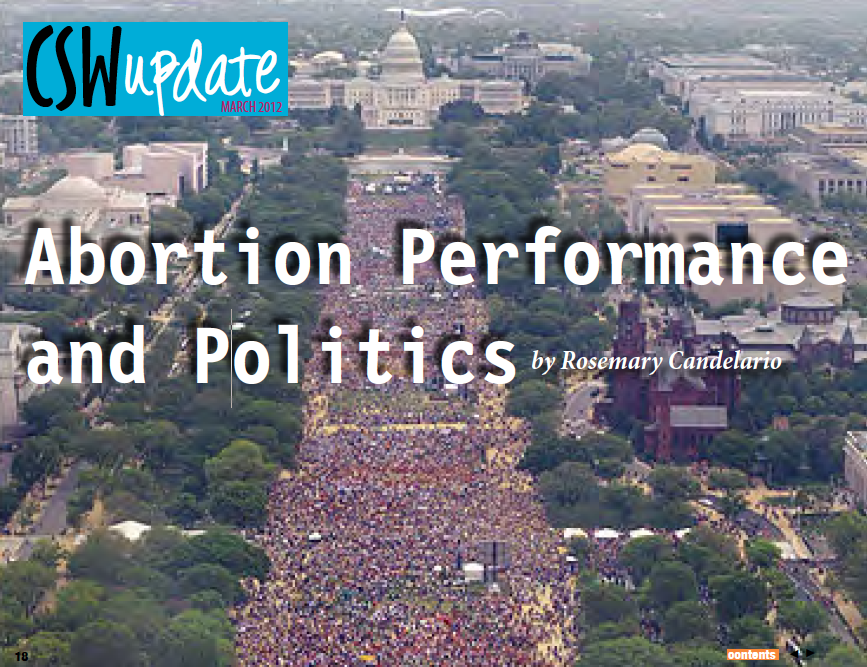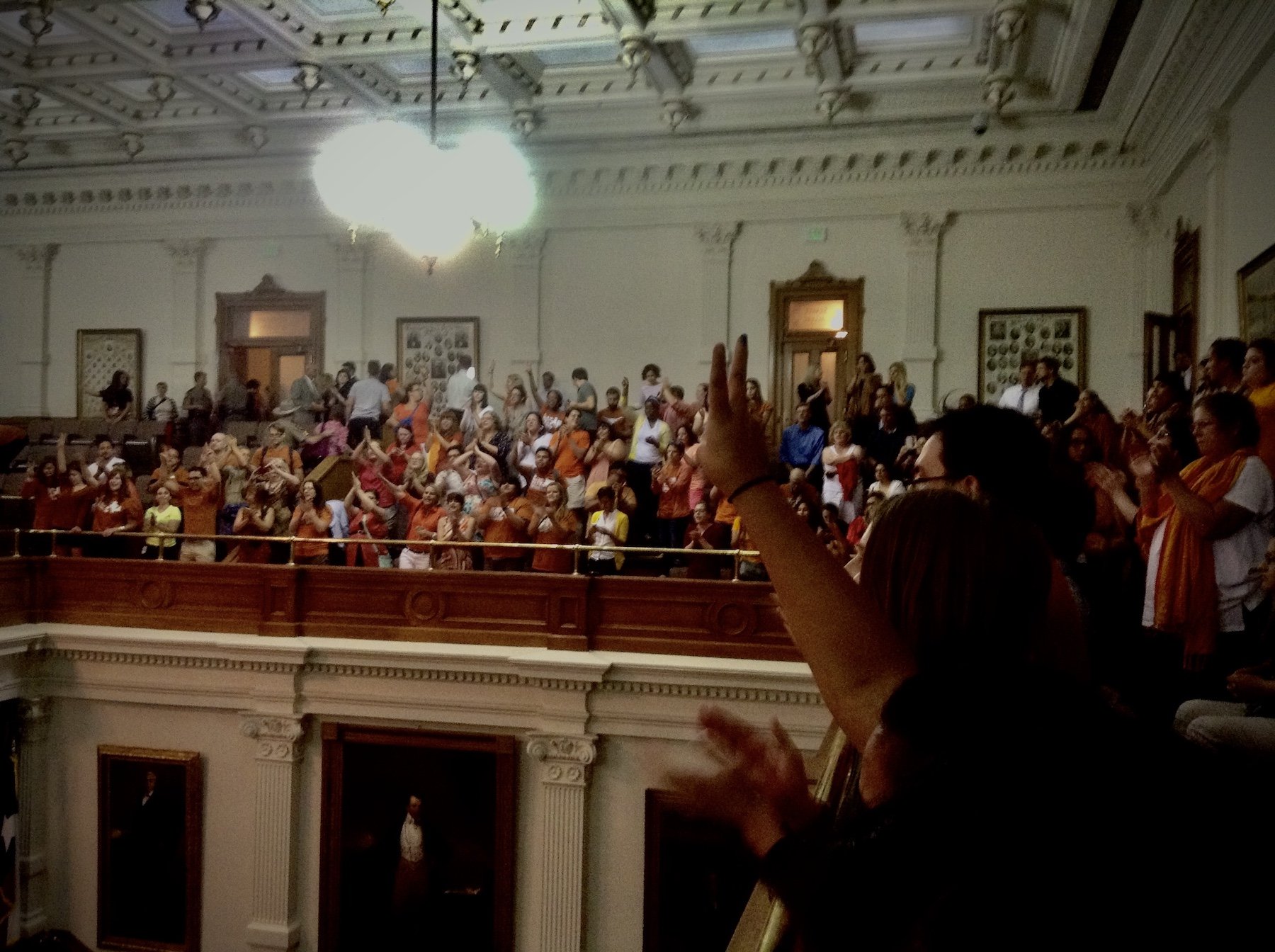Performing Abortions After Roe v. Wade
On June 24, 2022, the Supreme Court announced its decision in Dobbs v. Jackson Women’s Health Organization that overruled 49 years of legal abortion in the United States, creating a patchwork of state laws under which abortion is completely banned in 13 states, and is severely limited or tied up in legal proceedings in at least 10 others. In the face of this apparent legislative and judicial failure for abortion rights, I call for an attention beyond politics-as-usual towards an emergent cultural politics that I argue may be found in performance. My book project, Performing Abortions After Roe v. Wade: Emergent Cultural Politics, focuses on late 20th and early 21st century theatrical and protest performances about abortion in the United States. Chapters of the book engage a variety of performances not normally taken seriously in the political arena—from the choreographed and scripted to the spontaneous, from stages to the streets—that represent the range of people’s experiences with abortion, especially focusing on women of color, young women, rural women, and queer, non-binary, and trans people. It is precisely in these performances, I argue, that alternatives to the mainstream discourse are proposed, rehearsed, discussed, revised, and enacted. This book argues that these performances generate an emergent cultural politics grounded on fundamental shifts in notions of temporality, representation, relationality, embodiment and care that offers a way forward beyond the gridlock of the American electoral-legislative-judicial system.
Related Publications:
“Cultural Problems Demand Cultural Solutions”: Performing Abortion Stories for Culture Change in Post45 Contemporaries, “Abortion Now, Abortion Forever” special issue
“We Need Art That Helps Us Imagine the World We Want to Win Post-‘Roe’” in Truthout
“Abortion Performance and Politics” in the UCLA Center for the Study of Women Update
Transvaginal Sound: Politics and Performance in The Scholar and Feminist Online
A “Thank God for Abortion” Icon in Viva Ruiz’s exhibition, “ProAbortion Shakira: A Thank God for Abortion Introspective,” at Participant Inc., Feb 3-March 10, 2019, photo by Rosemary Candelario.
The People’s Filibuster, June 25, 2013, Texas Capitol, photo by Rosemary Candelario.



